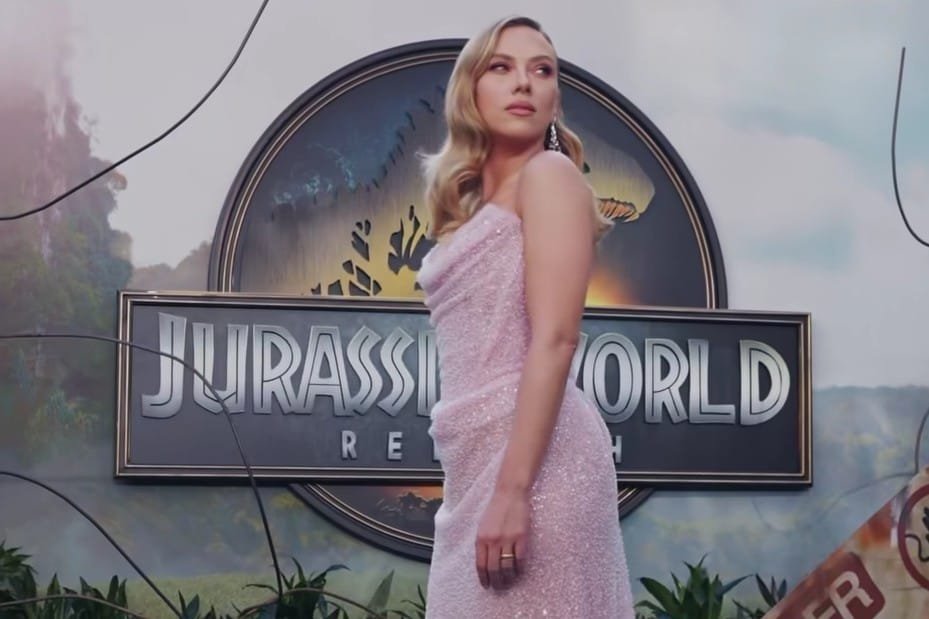IFC Films’ Good Boy trailer redefines horror through a dog’s POV. Explore how Indy’s loyalty turns into a chilling fight against evil.
With horror movies, audiences have experienced everything—ghost stories, demonic possessions, haunted houses, and psychological thrillers. However, IFC Films’ Good Boy is taking an interesting and bold approach—telling a terrifying story through the eyes of a dog! The upcoming release has horror fans excited because the trailer shows a chilling new way to feel fear, from the perspective of a pet.
This analysis will cover how Good Boy flips the horror paradigm, why the dog’s perspective is so unnerving for the audience, and what this film may mean moving forward for the horror genre.

What Makes Good Boy Unique?
The horror genre, much like all film genres, thrives upon innovation. For example, Paranormal Activity introduced the “found footage” style of filmmaking, while The Blair Witch Project redefined what it meant to do horror on a low budget. Now, IFC Films is venturing into unknown territory with POV horror from the perspective of man’s best friend.
Indy is at the center of the story—a dog played by director Ben Leonberg’s real-life dog, also named Indy. The plot follows Indy in his effort to protect his owner, Todd, from an ominous presence hiding in their new home.
This viewpoint does more than elicit sympathy for the dog—it encourages viewers to engage with horror as something vulnerable and innocent, which is not a perspective we often have with horror in larger entertainment.

The Trailer: All the Elements of Pure Dog Horror
The trailer for Good Boy establishes a tone right away and does not waste time.
1. The Camera Work: Seeing it from Indy’s Perspective
As opposed to a traditional horror setup with darkness and shadows, jump scares, and a human perspective, Good Boy places the audience in Indy’s view. Lifting some images out of the trailer for reference, Good Boy frames a “standpoint” using low camera angles to depict the dog’s view, and seeing things from the dog’s perspective emphasizes that the house is unsettling enough on its own.
This method has been described by psychologists as perceptual framing — the way we see something alters the way we feel emotionally. By containing the viewpoint to Indy’s eye-level, the audience experiences the man’s horror from the dog’s point of view, making the creaking floorboards and flickering lights more frightening, because the audience feels Indy’s vulnerability.
2. Sound Design: The Dog’s Amplified Experience
This trailer takes into account that dogs experience the world differently, then deliberately exaggerates sounds that Indy is aware of- whispering, scratching, organic breathing, etc. The above sound design creates tension and uncertainty regarding what is real and what is just the dog’s heightened sense of hearing. Indeed, while it may sound unbelievable, a 2023 study on horror sound design documented that unfamiliar frequencies create tension and anxiety values that have increased by 40% level compared to each sound cue in the same way, with “Good Boy” executing each sound styling carbon copy effectively to create tension and uncertainty.
3. Emotional Hooks – Indy as the Hero
Unlike most horror protagonists who find ways to fight back with weapons, strategy, etc., Indy has only loyalty, instinct, and courage to serve as tools. Viewers are disposed to wanting Indy to succeed, and therefore, every moment of danger is heightened. We are watching the dog (a symbol of purity and protection) fight against evil, and that heightens the emotional stakes.

Why a Dog’s POV in Horror is so Effective
The choice to tell a horror story from a dog’s POV might seem gimmicky at first, but there are three reasons why it is extremely effective:
Vulnerability – Most horror narratives rely on helplessness, and there is nothing more helpless than watching events unfold from the POV of Indy, who is unable to speak or fully understand our world and the threats surrounding him.
Emotional bond – According to studies, roughly 70% of households in the U.S. have a pet, and oftentimes, dogs are considered family. This personal association guarantees that audiences will establish an emotional bond with the struggle Indy faces.
New Storytelling – Using a dog ‘s-eye view serves as a unique storytelling device – one that will undoubtedly affect future horror films.
Horror Through Non-Human Eyes
Film critics have been discussing the concept of using unconventional perspectives. Consider Alfred Hitchcock’s Rear Window, which has one protagonist who is quite literally motionless and shaped the thriller genre…I feel like Good Boy could similarly revolutionize horror.
“Good Boy’s perspective makes us confront fear at its most primal…not through multilayered human reasoning, but a sense of instinct, survival, and guts. A really risky move that pays off.” – Dr. Alicia Morgan, Professor of Film Studies, NYU
Furthermore, applying a pet’s perspective can also be connected to empathetic storytelling, where audiences are steered into sympathizing with vulnerable and weaker characters. We have seen similar emotional techniques with Pixar’s Up and Finding Nemo through animal-led storytelling, as Good Boy exists to represent dark horror storytelling in a way that has never been seen before.
Dogs as Protectors
What makes Good Boy work and believable is its connection to real life. Dogs have, for a long period, been seen as protectors of people and property, from K9 units belonging to a police department to emotional support animals.
In fact, it was reported in a 2022 survey from the American Pet Products Association that 85% of dog owners feel their pets can sense danger prior to the owner. That intuition is the foundation of the film’s story: Indy senses the evil before Todd is even aware.
This identifying aspect also personalizes the horror for pet owners, and a quintessentially fictional case study now becomes a horrific “what if?”
IFC Films’ Strategy: Innovation in Indie Horror
IFC Films has gained a reputation for supporting innovative horror films (The Autopsy of Jane Doe, Watcher, The Wretched), and with Good Boy, the studio is betting on big experimentation rather than structured scares.
They have taken a chance with a new approach to the story, and by doing so, will appeal to the dysfunctional horror crowd that also wants something different, as well as expand the audience to people who love pets and the idea.
What To Expect from the Full Film
If the trailer is any indication, audiences should expect to see:
A story with suspense that emphasizes tension rather than gore.
Innovative cinematography that maintains an indie perspective.
Psychological horror that overlaps at times with supernatural and emotional trauma.
A heavy emotional overload, as they will have a visceral worry for Indy’s safety, as much as they will for Todd’s.
How Good Boy May Change the Face of Horror
IFC Films’ Good Boy isn’t just another horror film; it’s a bold test in storytelling. By putting the narrative in a dog’s perspective, the film marries originality, empathy, and visceral terror into something fresh and emotionally staggering.
FAQs
1. Is Good Boy based on a true story?
No it’s a fictional film, although it takes authentic themes of dog loyalty and perception and spins them outward.
2. Who directed Good Boy?
Ben Leonberg directed the film, and he performs with his dog Indy in the lead role.
3. Is the film too upsetting for an animal lover?
The film utilizes tension based on Indy’s earned perspective and feeling for her owners. So far, when the horror does pop up, it tends to avoid overt violence towards animals and focus on suspense.
4. When will Good Boy get released?
The exact U.S. release date has yet to be confirmed by IFC Films, but the trailer has already generated significant buzz.
5. What kind of film is Good Boy?
It is a psychological horror film with aspects of suspense and the supernatural.




